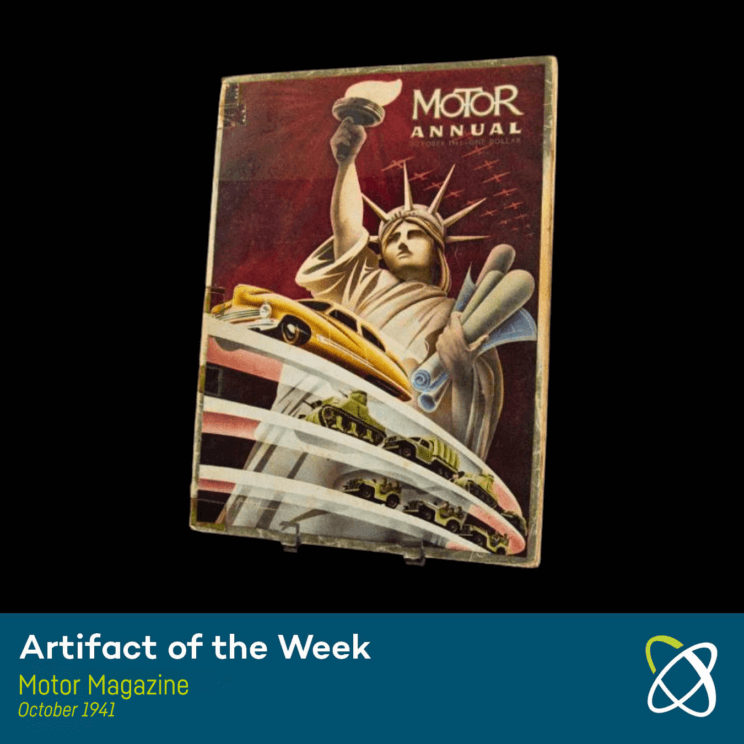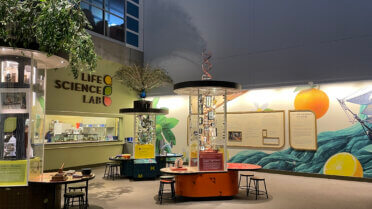Motor Magazine – October 1941
What do the Eiffel Tower and the Statue of Liberty have in common? They were both designed by French architect and structural engineer Alexandre-Gustave Eiffel. Eiffel designed the internal structure of the statue, a flexible, skeletal system to support the 100 tons of copper plate affixed to the outside and able to withstand the forceful winds of New York Bay. This ingenious engineer died 100 years ago today.

Alexandre Gustave Eiffel is known for more than his work on the Statue of Liberty and the Eiffel Tower. This pioneer of steel-built hundreds of metal structures of all kinds all over the world, including railway bridges and viaducts. Specific feats of engineering are seen in his designs of the Porto viaduct over the River Douro, the Garabit viaduct, the Pest Railway Station in Hungary, the landmark La Ruche in Paris (a 3-story circular structure resembling a beehive), and the dome of the Nice Observatory.
After he retired from engineering, Eiffel focused on meteorology, aerodynamics, and radio broadcasting. He built some of the first wind tunnels and published many documents on the effects of wind resistance on metal structures. He also placed meteorological equipment on the Eiffel Tower to record weather patterns and phenomena. And he suggested to the military that they should install radio equipment on top of the Tower; it became a permanent radio tower, and eventually television broadcasting tower as well.
See more Artifacts of the Week










